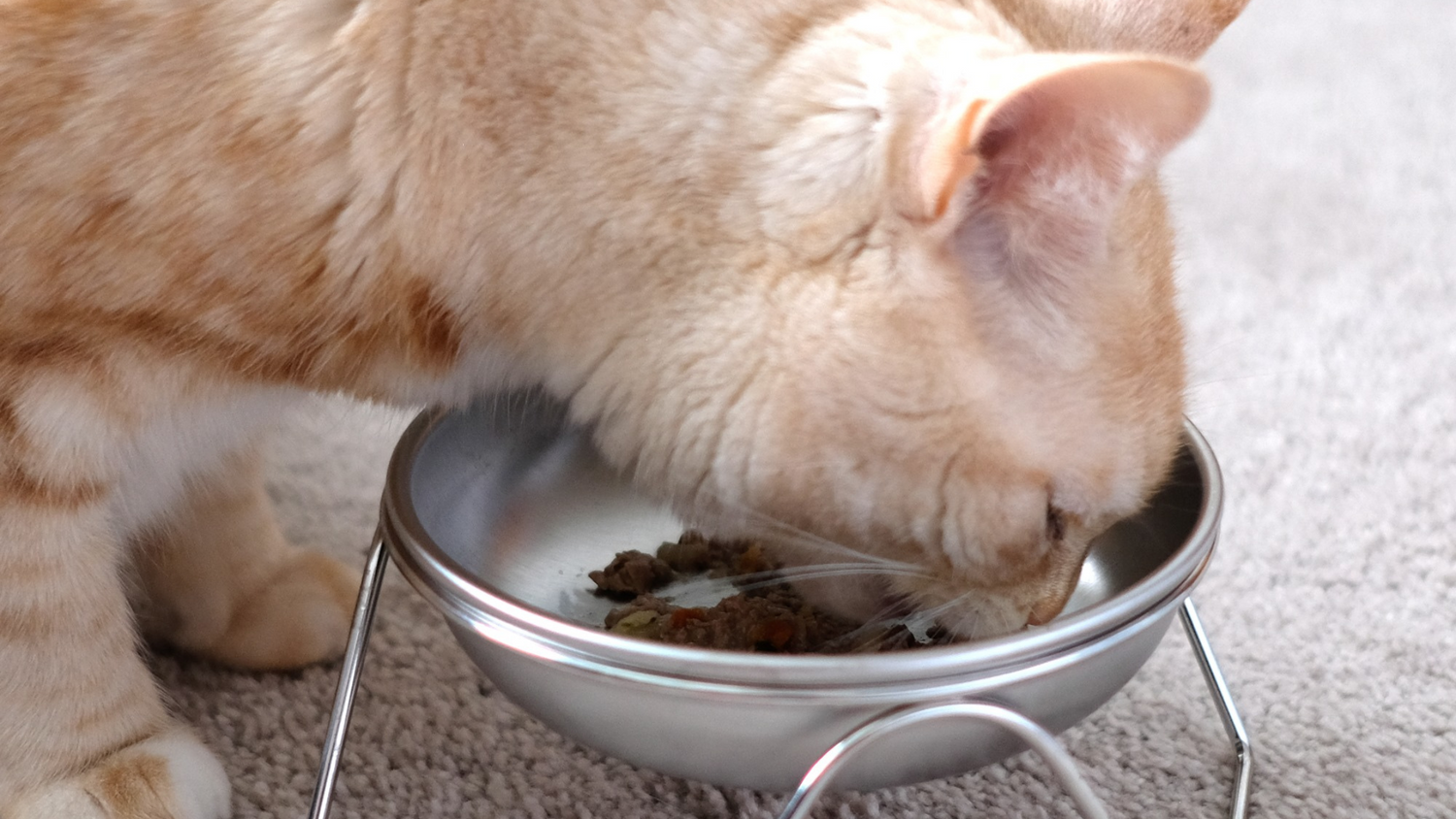What is Pica?
Pica is a condition where dogs compulsively eat non-food items, such as rocks, dirt, clothing, or other objects. It is a serious behavioral disorder that can be harmful to the dog’s health.
Causes of Pica
There are several potential causes of pica in dogs. It could be due to nutritional deficiencies, such as anemia or malnutrition, gastrointestinal upset or parasites, boredom, anxiety, or attention-seeking behavior. In some cases, it may be related to an underlying medical condition, such as diabetes or thyroid disease.
Recognizing the Signs of Pica
As a dog owner, it’s important to be able to recognize the signs of pica in your pet. Some common signs include vomiting, diarrhea, difficulty defecating, lethargy, weight loss, or a distended abdomen. If you notice any of these symptoms in your dog, it’s important to seek veterinary care as soon as possible.
Diagnosing Pica
If you suspect that your dog is suffering from pica, your veterinarian will conduct a thorough physical examination and may recommend blood tests or imaging studies to rule out any underlying medical conditions. It’s important to provide your vet with a detailed history of your dog’s behavior and any recent changes in their environment or diet.
Treating Pica
The treatment for pica in dogs will depend on the underlying cause of the behavior. If it is related to a nutritional deficiency, your vet may recommend a change in diet or the addition of supplements. If it is due to anxiety or boredom, they may suggest behavioral modification techniques, such as increased exercise, mental stimulation, or training. In some cases, medication may be prescribed to help manage the behavior.
Preventing Pica
Preventing pica in dogs involves providing them with a balanced and nutritious diet, regular exercise, and mental stimulation. It’s important to create a safe and enriching environment for your dog, with plenty of toys and activities to keep them occupied and engaged. Additionally, it’s important to monitor your pet’s behavior closely and seek veterinary care if you notice any signs of pica developing.
Conclusion
Pica is a serious behavioral disorder that can have harmful effects on a dog’s health. It’s important for dog owners to be aware of the signs and symptoms of pica and to seek veterinary care if they suspect that their pet may be affected. With proper diagnosis and treatment, it is possible to manage pica and improve the quality of life for affected dogs.
FAQs
Q: Can pica be fatal for dogs?
A: Pica can be harmful to a dog’s health, especially if they ingest non-food items that can cause intestinal blockages or other complications. It’s important to seek veterinary care if you suspect that your dog is suffering from pica.
Q: Is there a breed or age predisposition for pica in dogs?
A: Pica can affect dogs of any breed or age, but it is more common in puppies and young dogs. Some breeds may have a genetic predisposition to certain types of pica, such as wool sucking in certain breeds like Border Collies or Dobermans.
Q: How can I help prevent pica in my dog?
A: To help prevent pica in your dog, it’s important to provide them with a balanced and nutritious diet, regular exercise, and mental stimulation. It’s also important to monitor your pet’s behavior closely and seek veterinary care if you notice any signs of pica developing.
how to treat pica in dogs
Understanding and treating pica in dogs is essential for dog owners, as this eating disorder can be dangerous for their pets. Pica is the condition where a dog eats non-food items, such as rocks, dirt, or even clothing. It is crucial for dog owners to understand the causes and treatments for pica in order to keep their furry friends safe and healthy.
One of the main causes of pica in dogs is nutritional deficiencies. If a dog is not getting the proper nutrients from their diet, they may start to eat non-food items in an attempt to fulfill their nutritional needs. In this case, it is important for dog owners to ensure their pet is getting a balanced and nutritious diet in order to prevent pica.
Another possible cause of pica in dogs is boredom and lack of mental stimulation. Dogs that are left alone for long periods of time or are not given enough mental and physical exercise may resort to eating non-food items out of boredom. It is important for dog owners to provide their pets with plenty of stimulation and exercise to prevent pica from developing.
If a dog is already exhibiting signs of pica, it is crucial for dog owners to seek treatment as soon as possible. Treatment for pica in dogs may include behavior modification techniques, such as redirecting the dog’s attention to more appropriate activities and rewarding them for not engaging in pica behavior.
In severe cases of pica, medication may be necessary to help control the dog’s cravings for non-food items. Dog owners should consult with a veterinarian to determine the best course of action for treating their dog’s pica.
It is also important for dog owners to puppy-proof their homes in order to prevent their pets from having access to non-food items that could be harmful if ingested. Keeping hazardous items out of their dog’s reach can help prevent accidents and potential health issues.
Overall, understanding and treating pica in dogs is crucial for dog owners in order to ensure the health and safety of their pets. By addressing the underlying causes of pica and seeking appropriate treatment, dog owners can help their furry friends overcome this eating disorder and live happy, healthy lives. how to treat pica in dogs








